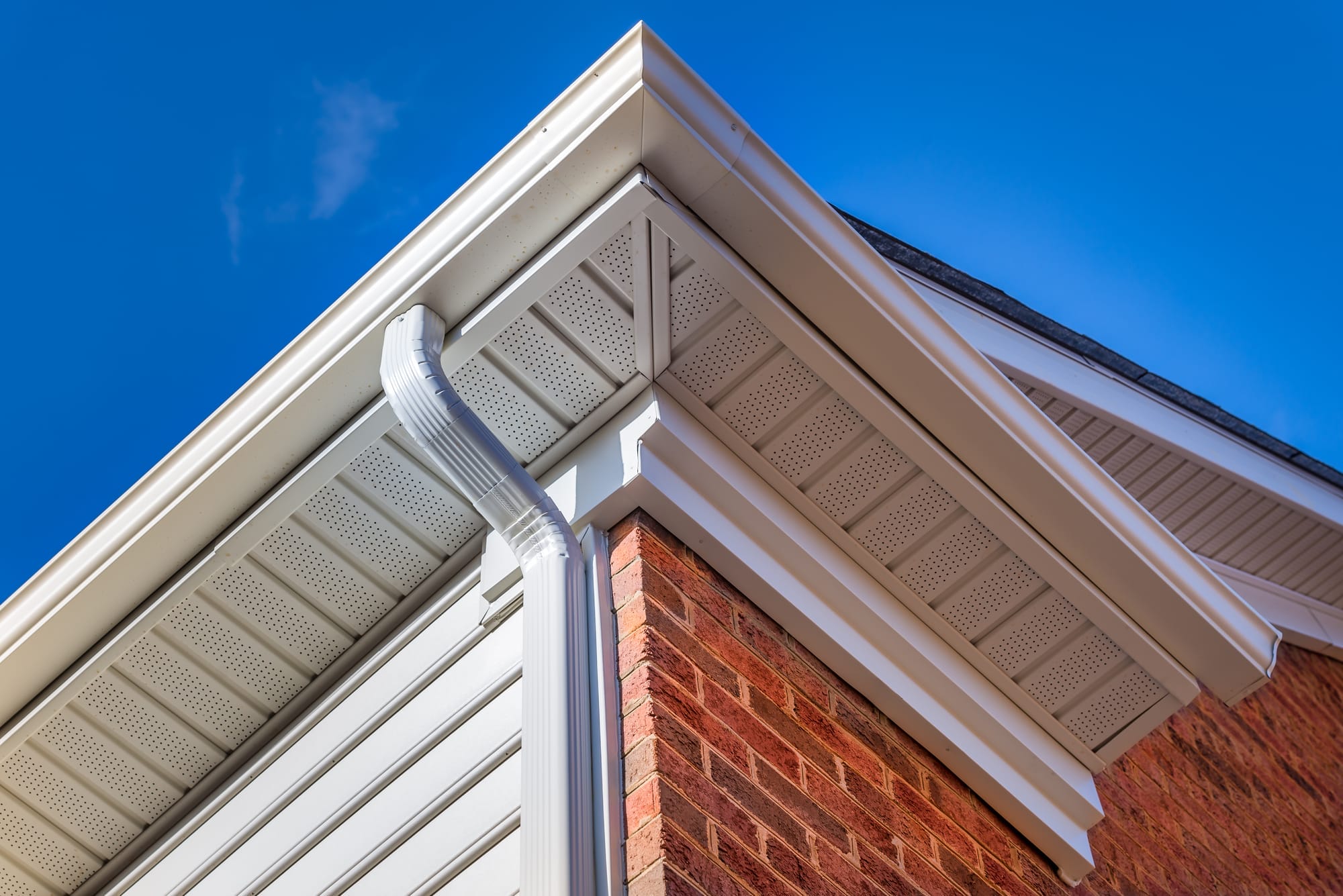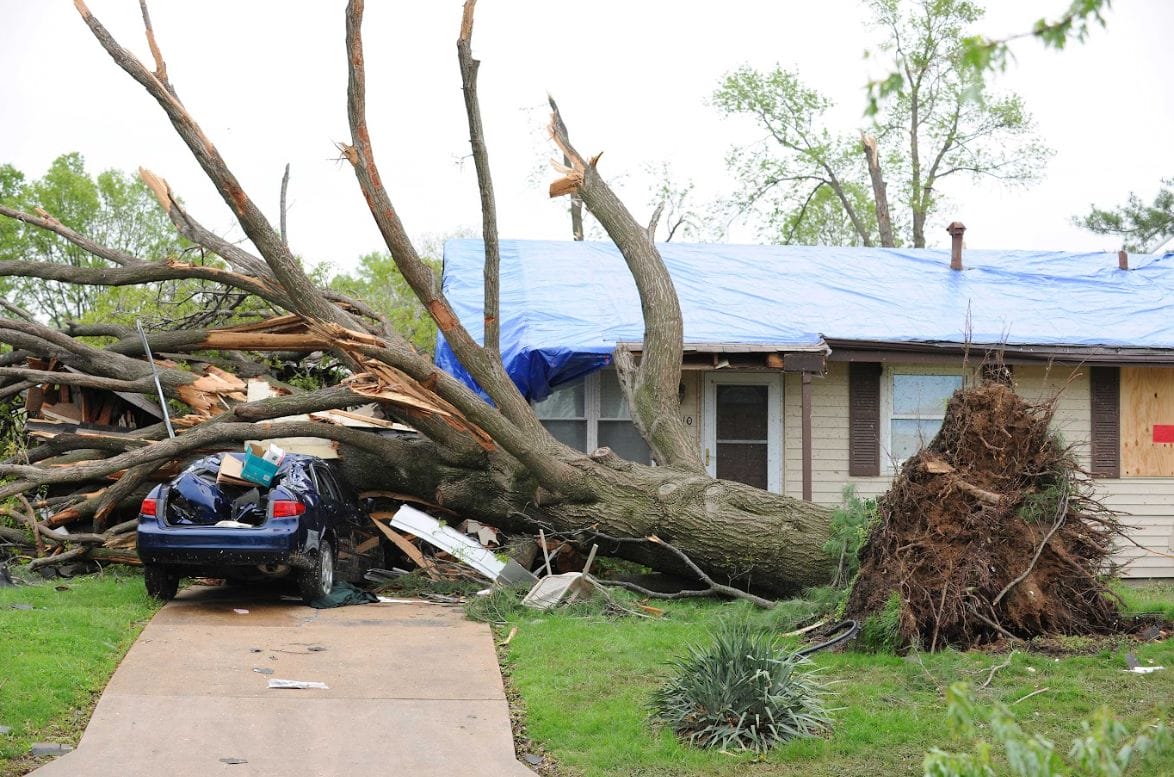With all the different insurances companies, and their different policies, and their competitor’s policies, it’s very easy to be overwhelmed by the magnitude of information that comes along with choosing the right roof insurance policy to protect one of your most valuable investments – the roof over your head. This blog will aim to simplify the difference between the two biggest policies when it comes to roofing: ACV and RCV.
Let’s start off with a few of the basic terms we’ll be using, in reference to roofing:
Deductible – The amount a customer must pay before insurance coverage kicks in.
Depreciation – A reduction in the value of an asset (your roof) with the passage of time, due in particular to wear and tear.
Materials – The total costs of all physical products used for a roof replacement.
ACV
ACV stands for Actual Cash Value. It means the depreciation based on the age of materials is never paid to the customer. The customer owes their deductible plus depreciation cost.
For example:
Let’s say your roof replacement is going to cost $10,000 for a roof with 3-tab shingles, and those shingles are covered for 25 years. You have a $1,000 deductible. At the 12 year mark of that roof, if there’s a large enough amount of damage to constitute a full loss, insurance would owe $5,000, plus the full cost of labor and half the cost of materials.
Insurance only pays the main $5,000 as opposed to the full $10,000 because the shingles are covered for 25 years. Furthermore, since the roof was damaged at the half way mark of 12 years, the depreciation cost is 50%. You are left to pay the depreciation cost, plus your deductible, which for the sake of simplicity we’ll say is somewhere in the ballpark of $3,500.
To summarize, with an ACV policy you are paying the depreciation cost, plus the amount of your deductible.
RCV
RCV stands for Replacement Cost Value. It means that the depreciation is paid by the insurance company, after the job is complete. You as a customer should only owe your deductible.
Using our previous example:
For the $10,000 roof replacement with your $1,000 deductible, the insurance company would pay $9,000, and you pay your $1,000 deductible.
As I’m sure you can see for a policyholder, RCV is much more desirable.
Why might someone want to choose ACV?
The main reason people choose an ACV policy over RCV is because ACV’s are typically cheaper per month/year. So as to say, if you’re someone who likes to save money, this might sound enticing on the surface. The problem is you’re not actually saving money in the event that you need to use your insurance. And nothing lasts forever – a roof will eventually need replacing.
Deductibles matter
Another key factor to pay attention to when choosing the right insurance policy is the deductible amount of the policy. In both policies it’s almost always better to go with the lowest deductible available, because just like every other type of insurance, (Health, auto, etc.) that is the amount you’ll have to pay before insurance will pay anything.

The same people looking to cut corners and “save” money will usually take a higher deductible because it will typically be cheaper monthly payments. This is deceiving once again because if your roof replacement costs $5,000 and your deductible is $2,000, insurance will only cover what’s left after you pay the $2,000 and the depreciation cost. (Assuming ACV policy)
Hopefully this blog post has shed some light on the differences between ACV and RCV insurance policies. As always, if you have any inquiries feel free to contact us here, on Facebook, Instagram, or give us a call at 615-778-1440.






